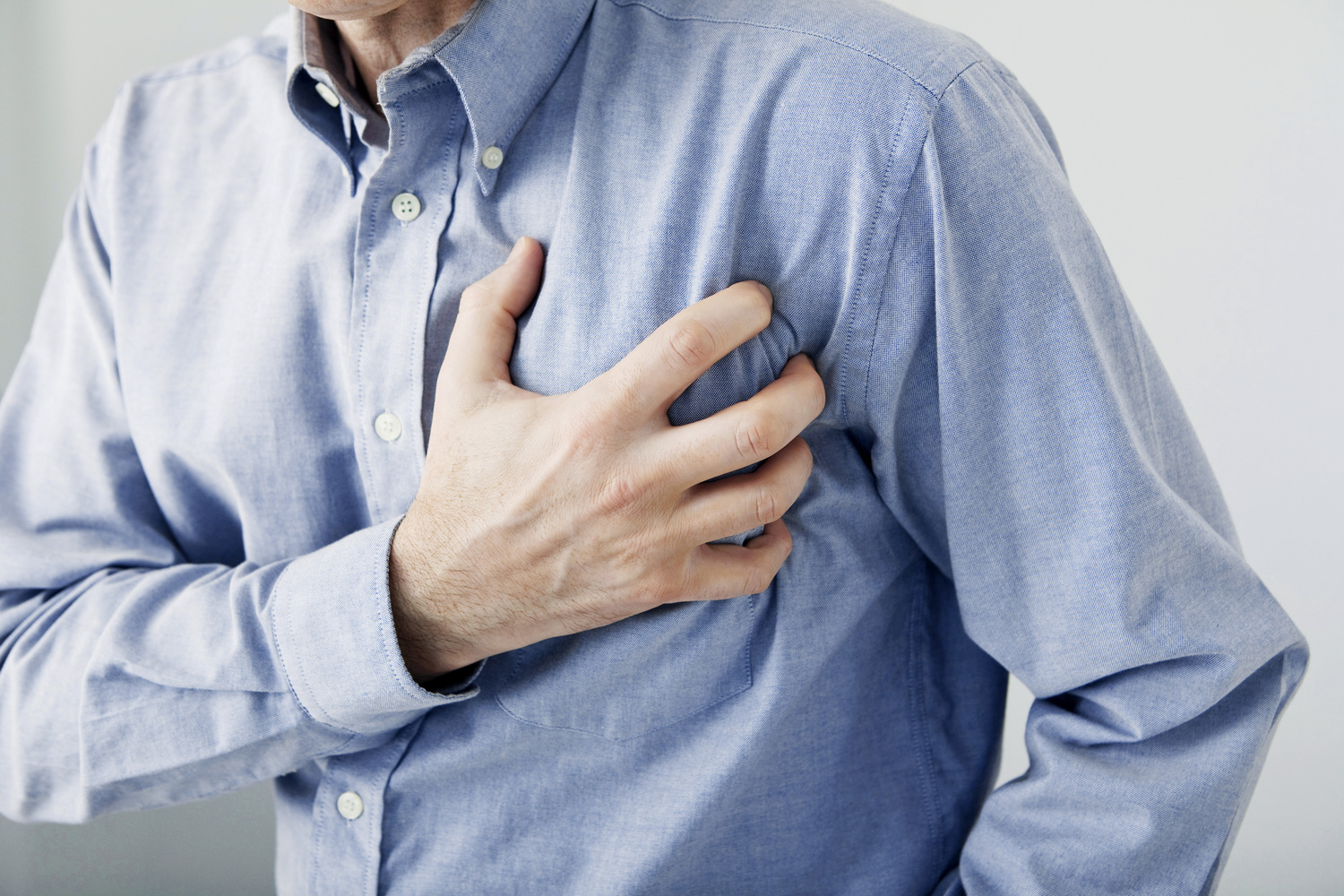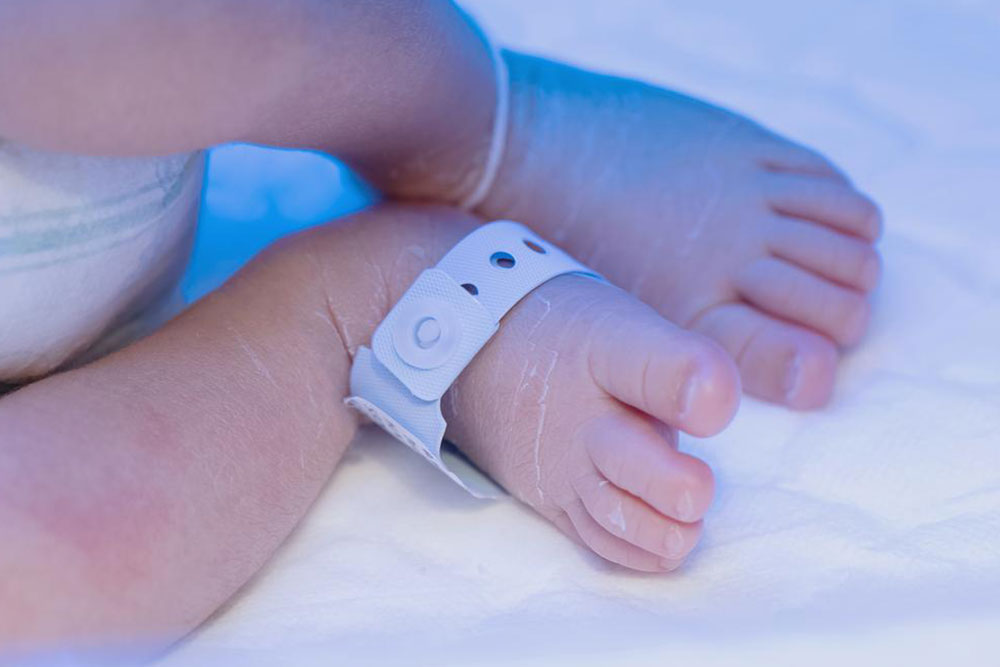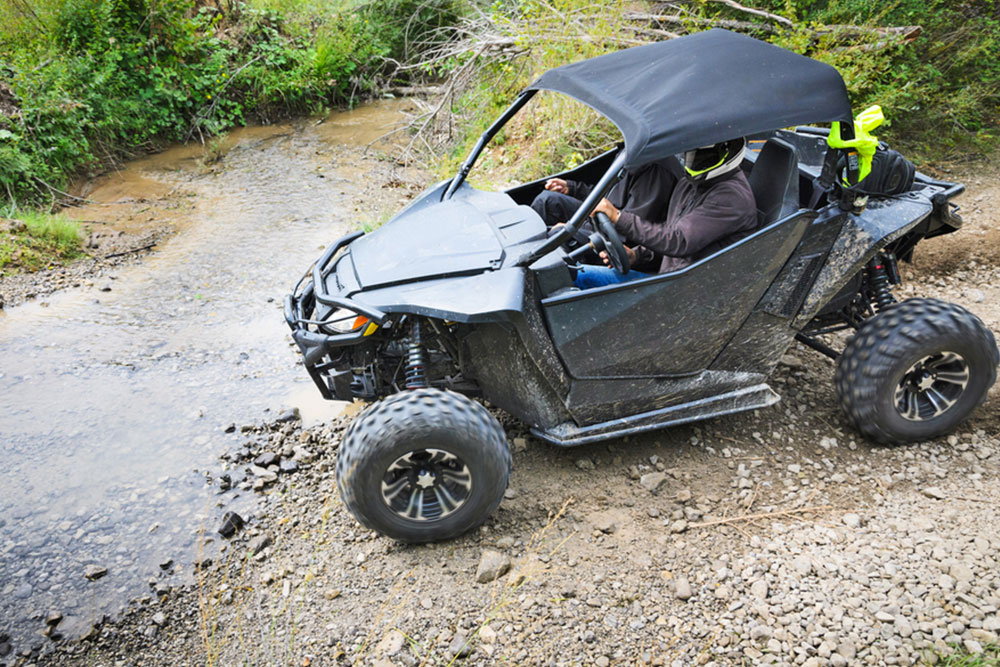Essential Guide to Automatic External Defibrillators (AEDs)
This comprehensive guide explains the importance of AEDs, their operation, placement, and the benefits of training. It highlights how prompt AED use can drastically improve survival rates during cardiac emergencies and emphasizes public accessibility and proper training to save lives effectively.

Essential Guide to Automatic External Defibrillators (AEDs)
In recent years, the incidence of cardiac arrests has increased significantly, making them a leading cause of fatalities nationwide. Many sudden deaths occur in workplaces or public areas, prompting people to get trained in CPR and AED use to act swiftly during emergencies. Cardiac arrests are primarily caused by cardiovascular diseases. Survival chances jump from 5% to 80% if a trained responder uses an AED promptly.
To promote timely intervention during heart attacks, Good Samaritan laws protect rescuers from legal issues. Let’s explore what AEDs are.
What is an AED?
An Automated External Defibrillator (AED) is a compact, computerized device designed to save lives during cardiac emergencies. It detects abnormal heart rhythms and can deliver electrical shocks to restore normal heartbeat. When someone experiences a heart attack, their heartbeat becomes irregular or unstable. Prompt AED application can stabilize and potentially save their life.
Operating an AED requires minimal training, which is facilitated by voice prompts and clear instructions built into the device. These guidance features assist users in critical moments, ensuring effective use.
How does an AED work?
The device evaluates the patient's heart rhythm, provides voice commands, and if necessary, delivers a controlled electric shock. This shock resets the heart's electrical activity, helping to re-establish a normal rhythm. Speed is crucial—every minute delay reduces survival odds. Studies show that AED intervention can increase survival rates by up to 80% compared to those without access.
When should an AED be used?
A cardiac arrest can strike unexpectedly at any location or time. Signs include unresponsiveness, irregular breathing, or inability to respond to stimuli. If someone suddenly becomes unresponsive, has difficulty breathing, or shows no response after being tapped, an AED should be used immediately. Always call emergency services (911) before applying the device.
Where are AEDs located?
The American Heart Association advocates for AED placement in public venues such as schools, gyms, stadiums, and workplaces. Many emergency vehicles are equipped with AEDs as well. Proper marking and accessibility are vital so responders can locate devices quickly during emergencies. If trained, it's beneficial to be familiar with the AED's location beforehand.
Training to Use an AED
Thanks to technological advancements, AED training is accessible and straightforward. The American Heart Association offers online courses, like Heartsaver, with options for in-person hands-on practice. The American Red Cross also provides community-based training and certification programs. Since AEDs give step-by-step voice instructions, training duration is typically brief. Research indicates that widespread AED training and access could save up to 50,000 lives annually. The American Heart Association encourages everyone to complete AED training to be prepared for emergencies.









